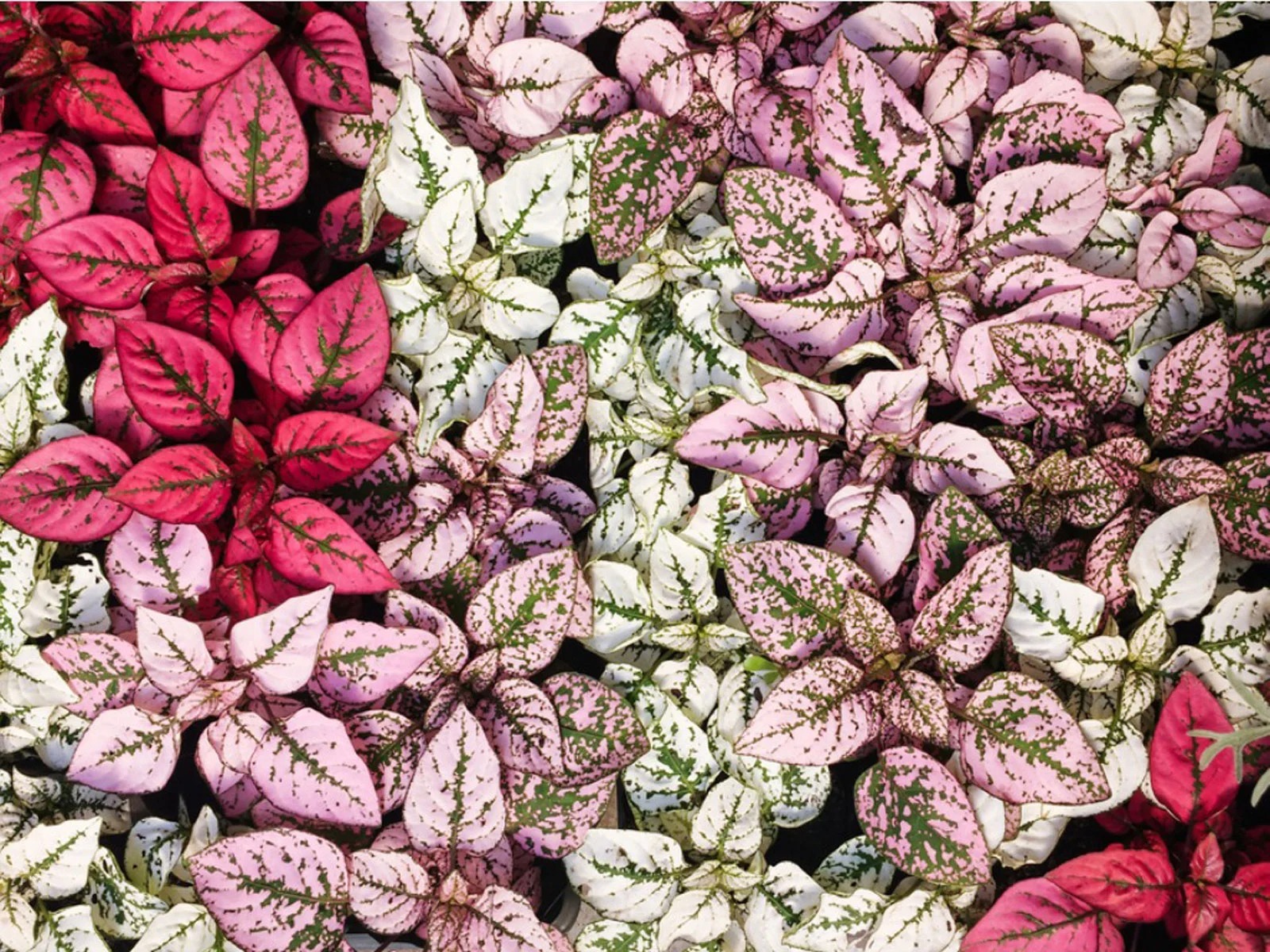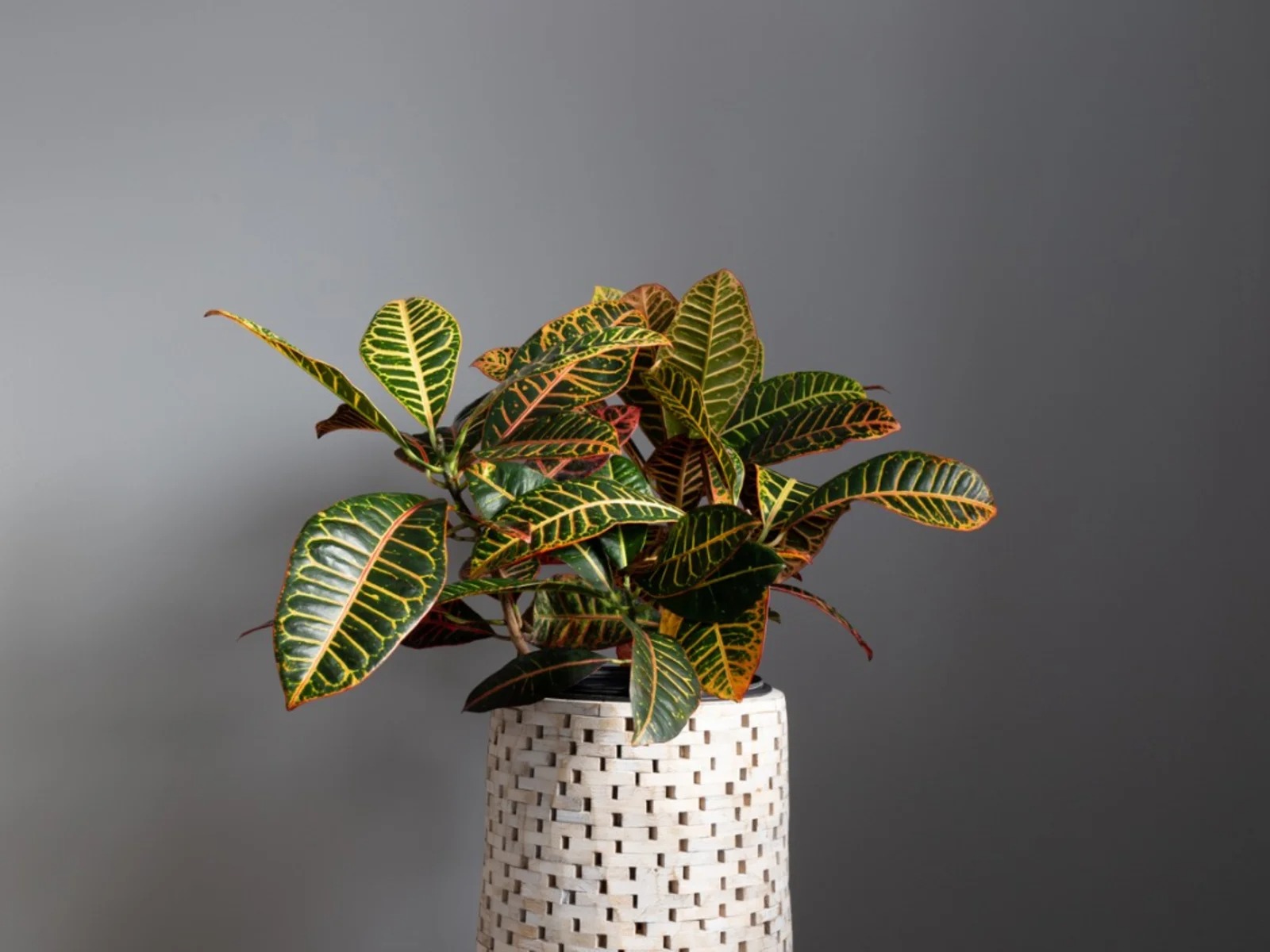The splattered leaves make Polka Dot Plant an unusual and fascinating houseplant. Many are pink, but newer hybrids offer us awesome new possibilities, including leaves spotted with red or white. Find out how to keep these colorful leaves alive, when to water and why you should pinch your plant.
This bushy plant grows quickly with good light. Pinch the growth tips frequently to promote branching and keep the plant compact. Insignificant purple flower spikes may appear. Pinch them, as they can distract attention from the foliage and cause the plant to go-down after flowering.
Bringing a little light into The darkness. The leaves can turn green again in low light. Place the pea plant so that it receives a lot of light, but is not exposed to direct sunlight. The filtered light from a window facing south or west gives it the light it needs. When you put your plant outside for the summer, keep it completely out of the hot sun, as the leaves can curl up and develop brown burns.

Keep the humidity high. If the relative humidity drops below 50%, use a moisture bowl or a humidifier to increase the humidity. The grouping of plants also helps to maintain the humidity around them. A Terrarium is an ideal home for this moisture-loving plant, where it gives a striking color to green leafy plants.
Water regularly. Keep the soil slightly moist, but be careful not to overwater. Too dry soil causes wilting and leaf fall. Quickly invigorate a withered plant with full watering. The moist soil causes the leaves to turn yellow.
Pinch Your Plant. Pinch the tall stems to prevent the plant from becoming too long. Also pinch the growing tips to encourage the stems to branch for a fuller and bushier plant.
Polka Dot plant problems, solutions and answers

Curled leaves are usually a symptom of too much sun. Hypoestes phyllostachya needs bright, indirect light to maintain its color, but to protect it from direct, warm sunlight.
Wondering when to repot?
New plants can be immediately transplanted into slightly larger pots. Use a container with drainage holes to avoid wet soil. If you want to use a kindergarten pot – a decorative container without drainage holes – place the kindergarten pot in the kindergarten pot. I placed small river stones in the bottom of the pots to keep the inner pot above the drainage water. You can repot older plants in the spring or summer as they grow out of their containers.

Fallen leaves are caused by dry soil. This native of Madagascar likes uniform watering, but not wet soil. Excessive watering can lead to the fall of yellow leaves. Always use a container with drainage holes so that you can water thoroughly without fear that your plant will drown. If you think that you are hopelessly overwatered, immediately replant it in fresh soil.
The straps between the stems and the leaves are a telltale sign of spider mites. These tiny pests can cause great damage to plants and are not easy to eliminate. Spider mites are attracted to indoor plants in winter, when the indoor air is dry; they can help prevent them by increasing the humidity around your plant. Cut off all heavily infested stems and wash your plant with room temperature water.



